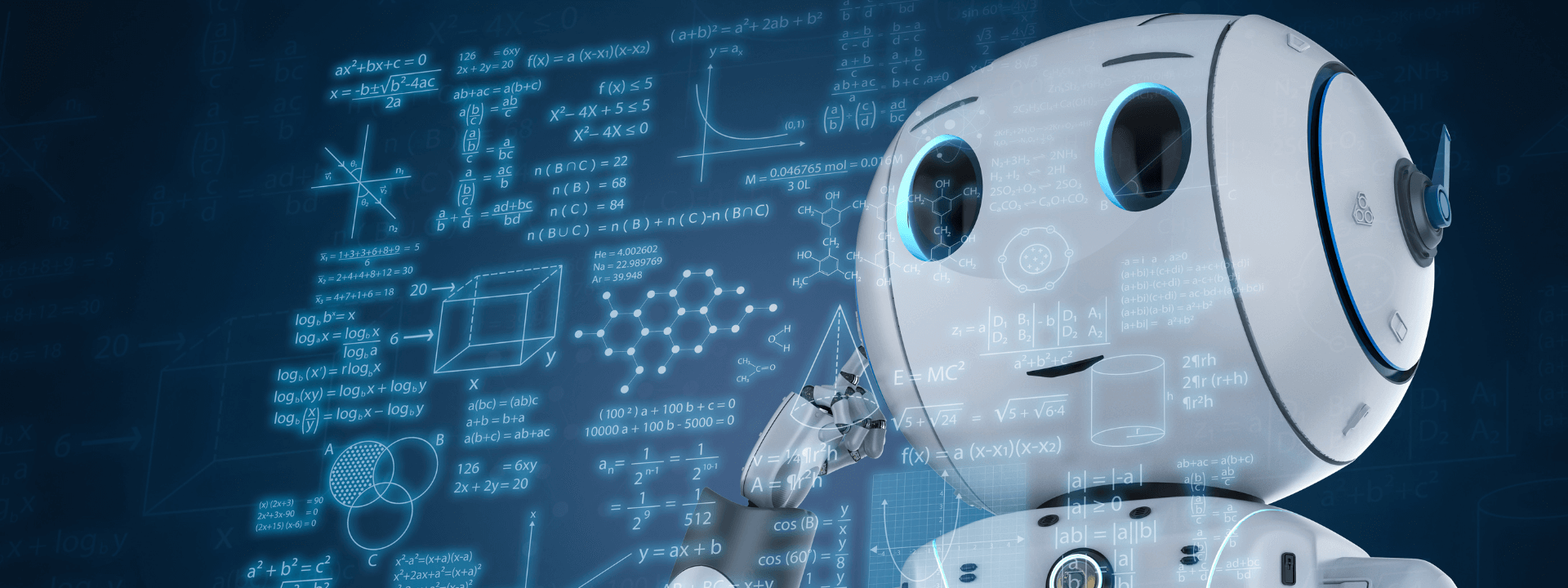Boosting Learning Efficiency: Exploring the Power of Microlearning and AI Applications

In the rapidly evolving digital landscape of today, traditional learning methods are undergoing a transformation, driven by innovative approaches that optimize knowledge retention and engagement. Among these cutting-edge techniques, microlearning and artificial intelligence (AI) applications have emerged as game-changers. This comprehensive blog post will delve into the concept of microlearning, highlighting its numerous benefits. Furthermore, we will explore real-world examples that demonstrate how AI is revolutionizing the microlearning experience. Get ready to unlock the vast potential of these dynamic learning tools!

Section 1: Microlearning 101
Microlearning is an instructional approach that breaks down complex subjects into small, bite-sized modules, allowing learners to absorb information quickly and efficiently. These short learning units are designed to address specific learning objectives, making them highly focused and easily digestible.
Benefits of Microlearning:
- Enhanced Engagement: Microlearning leverages the principle of active learning, actively involving learners in the process and boosting their engagement.
- Time Efficiency: Since microlearning modules are short and targeted, they save learners’ time, enabling them to fit learning into their busy schedules.
- Improved Retention: The condensed format of microlearning promotes knowledge retention by presenting information in small, manageable chunks, allowing learners to reinforce their understanding.
- Personalization: Microlearning can be tailored to individual learners’ needs and preferences, ensuring a personalized learning experience.
- Mobile Compatibility: Microlearning modules are typically delivered through digital platforms, making them easily accessible on mobile devices, facilitating learning on the go.

Section 2: AI Applications in Microlearning
The integration of AI technology in microlearning has revolutionized the learning landscape, offering adaptive, personalized, and intelligent learning experiences. Let’s explore some remarkable examples of AI applications in microlearning:
Intelligent Chatbots:
AI-powered chatbots are being used to deliver personalized microlearning experiences. Learners can interact with these virtual assistants to receive targeted information, ask questions, and receive immediate feedback, creating an engaging and interactive learning environment.
🎯 Example: A language learning app utilizes an AI chatbot that converses with learners, providing vocabulary exercises and grammar tips tailored to their proficiency level and learning pace.
Adaptive Learning Platforms:
AI-driven adaptive learning platforms use machine learning algorithms to analyze learners’ performance, identify knowledge gaps, and deliver customized microlearning content. These platforms adjust the difficulty level and content sequence based on individual progress, ensuring an optimized learning path.
🎯 Example: An online coding platform employs AI algorithms to analyze learners’ coding abilities and provides personalized microlearning resources and coding challenges based on their skill level and learning style.
Gamification and Simulations:
AI-powered gamified elements and simulations enhance the microlearning experience by creating immersive and interactive environments. These applications promote engagement, experiential learning, and skill development in a safe and controlled setting.
🎯 Example: A sales training program incorporates a virtual reality simulation powered by AI, where learners can practice real-life sales scenarios, receive instant feedback, and develop their negotiation skills in a risk-free environment.
Natural Language Processing (NLP):
NLP, a branch of AI, enables microlearning platforms to analyze and understand learners’ natural language inputs, facilitating seamless interactions and personalized content recommendations. NLP algorithms can also assist in language learning, automated translation, and text summarization.
🎯 Example: An AI-powered language learning app uses NLP to assess learners’ pronunciation, offer real-time feedback, and suggest personalized exercises to improve their speaking skills.

Section 3: Overview of Artificial Intelligence Applications in Microlearning
Microlearning and AI applications are transforming the way we learn, making education more accessible, engaging, and effective. By harnessing the power of microlearning’s focused approach and combining it with the intelligence of AI, learners can experience customized, interactive, and targeted learning journeys. As technology continues to advance, we can anticipate even more exciting innovations and opportunities for microlearning with AI.
In summary, the marriage of microlearning and AI applications has brought forth a powerful combination that revolutionizes the learning experience. Microlearning’s bite-sized modules enable learners to grasp information quickly, while AI augments this process by personalizing content, offering adaptive learning platforms, incorporating gamification and simulations, and utilizing natural language processing. These advancements enhance engagement, retention, and accessibility, propelling education into the future.
So, whether you’re a learner looking to boost your knowledge in a specific subject or a professional seeking to upskill in a rapidly evolving industry, embracing microlearning with AI applications can significantly enhance your learning journey. Start exploring these dynamic tools today and unlock your full learning potential. Happy microlearning!


